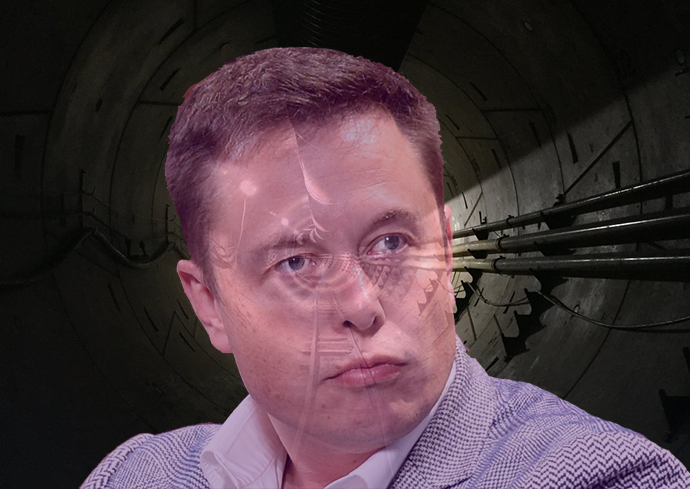Trending
Tunnel to the future: Musk announces breakthrough on Hawthorne Loop
The billionaire announced drill work was complete on the mile-long initial phase, which will move vehicles on "skates" underground

In Elon Musk’s Los Angeles of the future, commuters will breeze to work in cars and buses, all on a high-speed underground tunnel. Making the city more accessible could also be a boon to property developers, renters and homeowners.
While that reality is some years ago, Musk recently shared a video celebrating another milestone in the development of that rapid transit tunnel — or Loop — which will start in Hawthorne.
Musk’s firm, Boring Company, said its massive drilling machine had broken through to the end of the mile-long tunnel, which will be the initial phase. Musk announced in late October that the Boring Company would hold an “opening event” for that portion of the tunnel on Dec. 10, and offer free rides to the public the following day.
— Elon Musk (@elonmusk) November 17, 2018
The test tunnel is about a mile long, shorter than the two-mile-long tunnel originally planned and approved by Hawthorne officials in August 2017.
Eventually planned for multiple locations through the city, the tunnels are much like traditional subway tunnels in form. But instead of train cars, they will transport individual vehicles, including buses that can fit up to 16 people, on so-called “skate” platforms at speeds up to 124 miles per hour. Musk dreams of building an elaborate network of such tunnels beneath the city to alleviate traffic in the car-clogged congestion.
The billionaire Tesla founder said he came up with the idea while sitting in L.A. traffic. Earlier this year, Musk said the tunnels could free Angelenos from traffic he called the “seventh and eighth rungs of Hell.”
In January, the Boring Company purchased a home in Hawthorne above the tunnel where it will install a car elevator for testing entry and exit from the tunnel.
The firm is working on two other tunnels, both within the bounds of the City of Los Angeles. One is set to run beneath Sepulveda Boulevard on the Westside. He’s received support from some city officials, but pushback from other agencies, including Metro.
The other tunnel is the so-called “Dugout Loop” that would run from a stop on the Metro’s Red Line to Dodger Stadium. Musk said a ride on the Dugout Loop would cost around $1 and could initially transport up to 1,400 people per event at the stadium.




